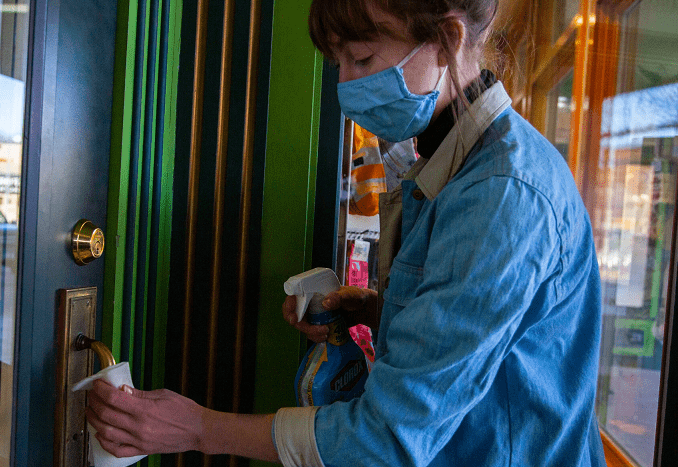North American Observer: The United States is facing a “long and difficult winter”
In recent days, the epidemic in the United States has accelerated. Not only the number of new cases remained high, but the death toll continued to rise.
In addition, the traditional Thanksgiving holiday has increased a large number of people’s travel gatherings, and the situation is not optimistic. Experts have warned that after the holiday
there may be a further outbreak of the epidemic in the United States. In his speech on the 25th, Biden also warned that the United States is facing “a long and difficult winter”.
The epidemic has entered the third stage.
In the spring, the epidemic in the United States first broke out from the northeast region. By the autumn, the central and western plains became the main area of case growth.
At present, the epidemic has entered a new stage. Baltimore, Los Angeles, Miami and other major cities on the east and west coasts have once again witnessed rapid growth in confirmed cases, and even Small cities in Maryland in the east also have peaked in COVID-19 infection.
Unlike the outbreak in the less populated areas of the Midwest in the autumn, the current spread of the virus in densely populated areas is accelerating.
More than 17,000 new confirmed cases were reported in California on the 23rd and more than 20,000 new cases in Texas on the 24th, setting a record for daily new cases in these two large populous states.
Experts analyzed that with Thanksgiving and the colder and colder weather, the COVID-19 epidemic in the United States may worsen.
According to the statistics of the “Coronavirus Tracking Project”, as of the 25th, the four important indicators of “test volume, daily new cases, hospitalizations and death toll” in the United States were all positively correlated, especially the two indicators of hospitalizations and deaths, which showed an almost vertical upward growth curve.
Hospitalizations have set a record for 16 consecutive days, which may indicate that the United States’ medical resources are facing a severe test and more deaths.

Anti-epidemic “fatigue”
The most worrying thing is that many people in the United States have relaxed their vigilance and even shown a state of “disarming”. “Our people are tired, they don’t see the end,” Maggie Hansen, chief nursing executive officer of the South Florida Memorial Hospital System, told The New York Times.
Biden appealed to the public on the 25th to persevere. “I know our country is tired of fighting the epidemic. We need to remember that we are fighting the virus, not each other,” he urged Americans to abandon the large family gatherings usually held on Thanksgiving, wear masks and maintain social distancing.
Leaders in many states and local parts of the United States are also making “last attempt” warning people not to gather, which may make the epidemic more difficult to control. Kansas Governor Laura Kelly said that in the next few days, it will be unprecedented to comply with epidemic prevention regulations.
Relevant workers in Pennsylvania, Georgia, Maryland and other places issued public safety warnings to the public through mobile phones. The reporter received a warning on the 25th that restaurants and bars in Maryland will be closed by 10 p.m., and state and local law enforcement forces will also take action.
Expert: Deaths in the United States may double in 10 days
Jonathan Reiner, a professor of medicine at George Washington University, believes that the number of COVID-19 deaths in the United States will double in the next 10 days to about 4,000 a day. The reason is that people currently hospitalized were infected two weeks ago or even earlier. Usually, it takes five to seven days for infected people to develop symptoms, and after about a week, some people have to be hospitalized. The current growth rate of new cases indicates that the number of hospitalizations will surge in the next.
So, the risk of holiday gatherings is that many people will not find infection until they return home after being reunited with relatives and friends, during which time they may infect more people. William Schaffner, a professor of infectious diseases at Vanderbilt University, believes that “In a week or two, we will see waves of growth. We are in a difficult time.”
In light of this, the CDC issued a reminder last week urging Americans to avoid traveling on holidays, but many people still ignore the warnings. According to the U.S. Transportation Security Administration, about 4.8 million people have boarded the plane since the warning issued by the Centers for Disease Control and Prevention, and nearly one million people passed the security check at the airport on the 24th alone.



